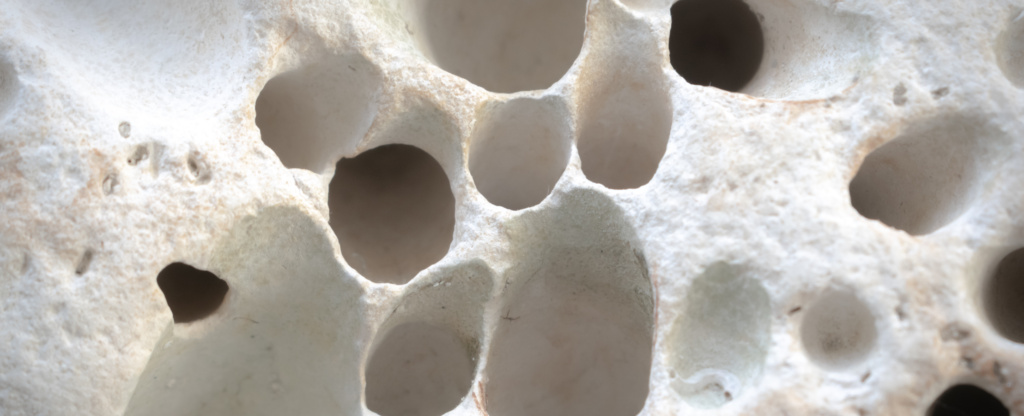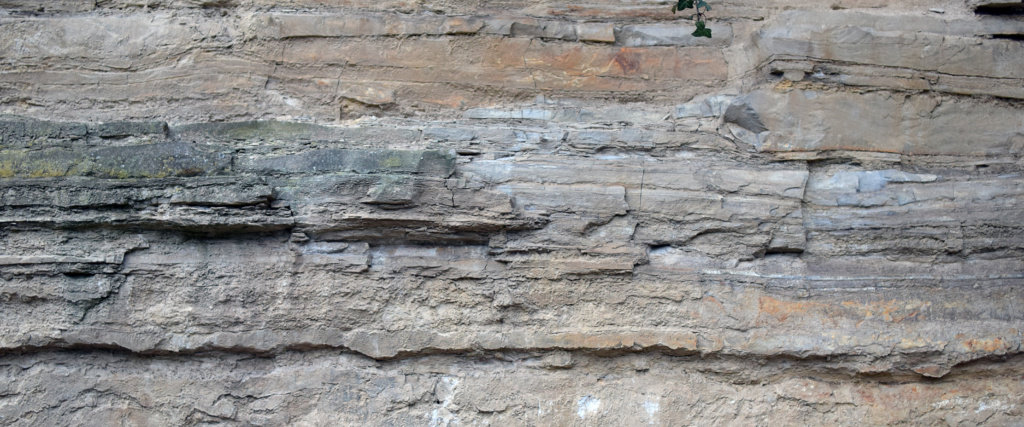Resoptima technologies have been applied to reservoirs of all types around the globe. Here are some examples of challenging formations that Resoptima solutions have been applied to.
Carbonates
Bypassed reserves : Where significant faulting or dissolution creates favorable flow paths, surrounding rock volumes with much lower permeability can be bypassed, requiring targeted infill drilling to drain stranded reserves.
Fractured carbonates: While significant fracture systems can facilitate a rapid drainage of the reservoir formation, they can also be a conduit for water breakthrough, compromising the wells in the vicinity of the fault. Identifying the location of such faults makes it possible to plan a drilling program that would avoid the fault areas and reduce the risk of premature water breakthrough.
High permeability streaks Dissolution frequently affects carbonate formations, either through weathering and formation deterioration when the formation is exposed to the elements, or through water circulation at depth. Either way very large volumes can be found in the form of substantial, connected voids that later fill with loose rock or gravel, conductive to very high permeabilities. See the case study her

Thin beds
Exploration risk: There is little that can be done until well data penetrating the formation gives some initial knowledge regarding rock characteristics, fluid types and other information to assess the commercial viability of a discovery. A drill stem test (DST) can give important clues as to the ability of the formation to flow, but these insights are limited to the area surrounding the wells.
Production: Once production is underway and more wells have yielded information and logged production flows over a period of time, the power of ensemble-based modeling can work at generating models that fit simultaneously both the subsurface data provided by the geoscientists and the history of production from the different wells.
Insights: This has often revealed unequal flow patterns that can be traced back to flow restrictions within the formation with a certain amount of detail. It may not be possible to assess positively whether the source of obstruction is a variation in bed thickness or an area of lower permeability but the location of the lower-quality reservoir will emerge, providing critical information to inform future drilling plans. Read a case study here.

Stratigraphic traps
Stratigraphic traps are difficult to map due to the complexity inherent to the deposition system, the subsequent reworking of sediments or the erosion or other controls on the subsequent rock units. Reservoir property characterization using seismic data, by inversion or other methods, provides maps of the reservoir but as these are not uniquely defined they are at best a guide to trends. The morphology, apparent facies distributions and derived properties do not always match the actual physical properties for thre rocks and fluids involved.
Resoptima solutions
The whole philosophy of the Resoptima method and underlying technologies is to never underestimate or ignore uncertainties. In the case of complex reservoirs controlled by stratigraphy, this will be reflected at every step. Uncertainties will only be constrained when new wells are drilled and bring additional data to confirm actual reservoir properties for different seismic facies.
This is a good thing, because many operators have been forced to make difficult changes to their plans, or see investments under-utilized, for having only considered a single “best model” without a proper awareness of the high risk for reservoir property changes over the area of even relatively small fields.

